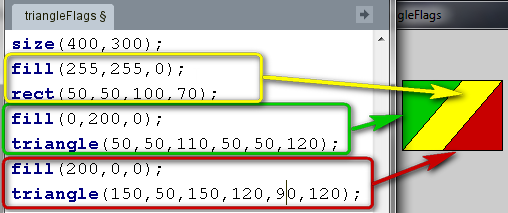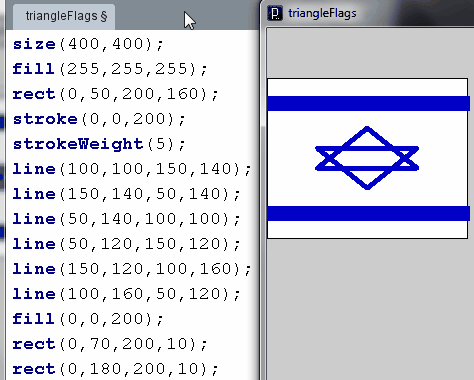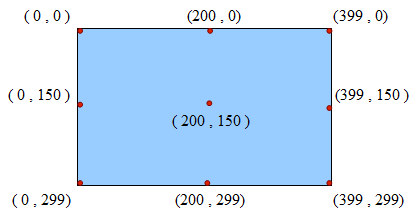
| Graphics Programming in Processing - Lesson 1 Drawing Flags - Dave Mulkey, Germany 2012 |
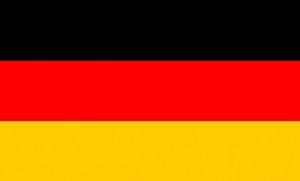
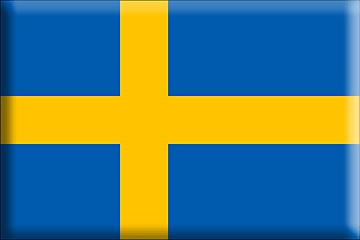



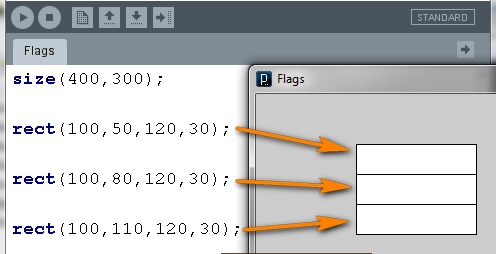
| BLACK 0,0,0 |
WHITE 255,255,255 |
RED 255,0,0 |
GREEN 0,255,0 |
BLUE 0,0,255 |
PURPLE 255,0,255 |

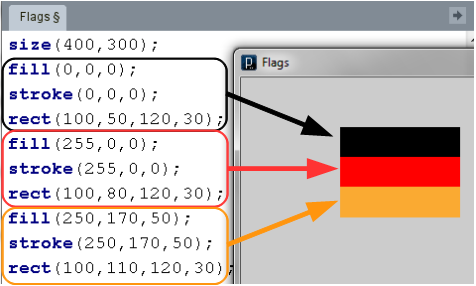
Austria Sweden  |
Belgium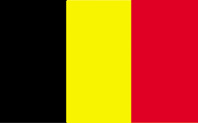 Germany  |
Congo |
Scotland |
Israel |

